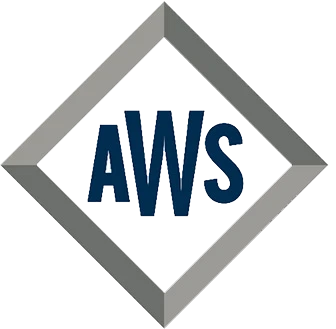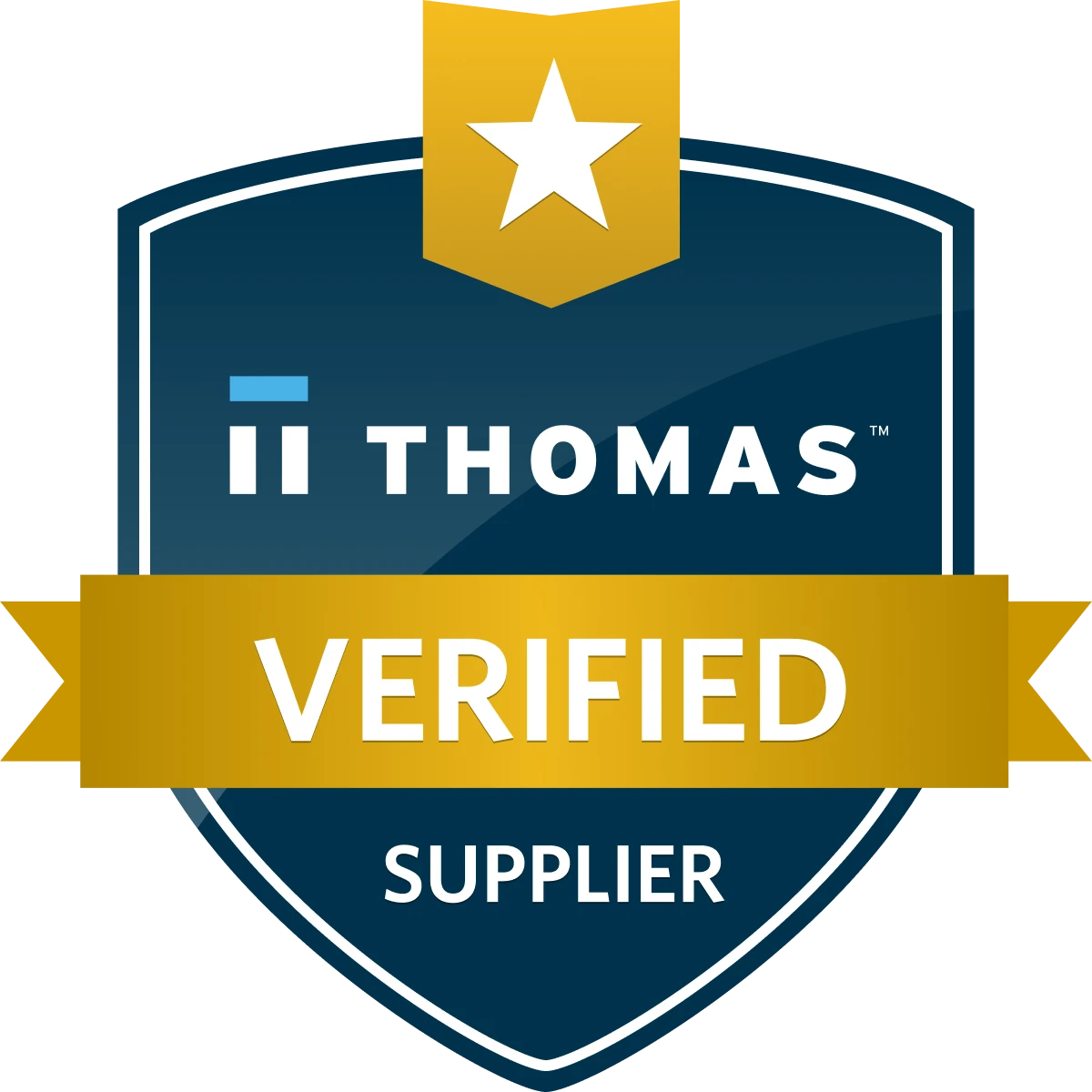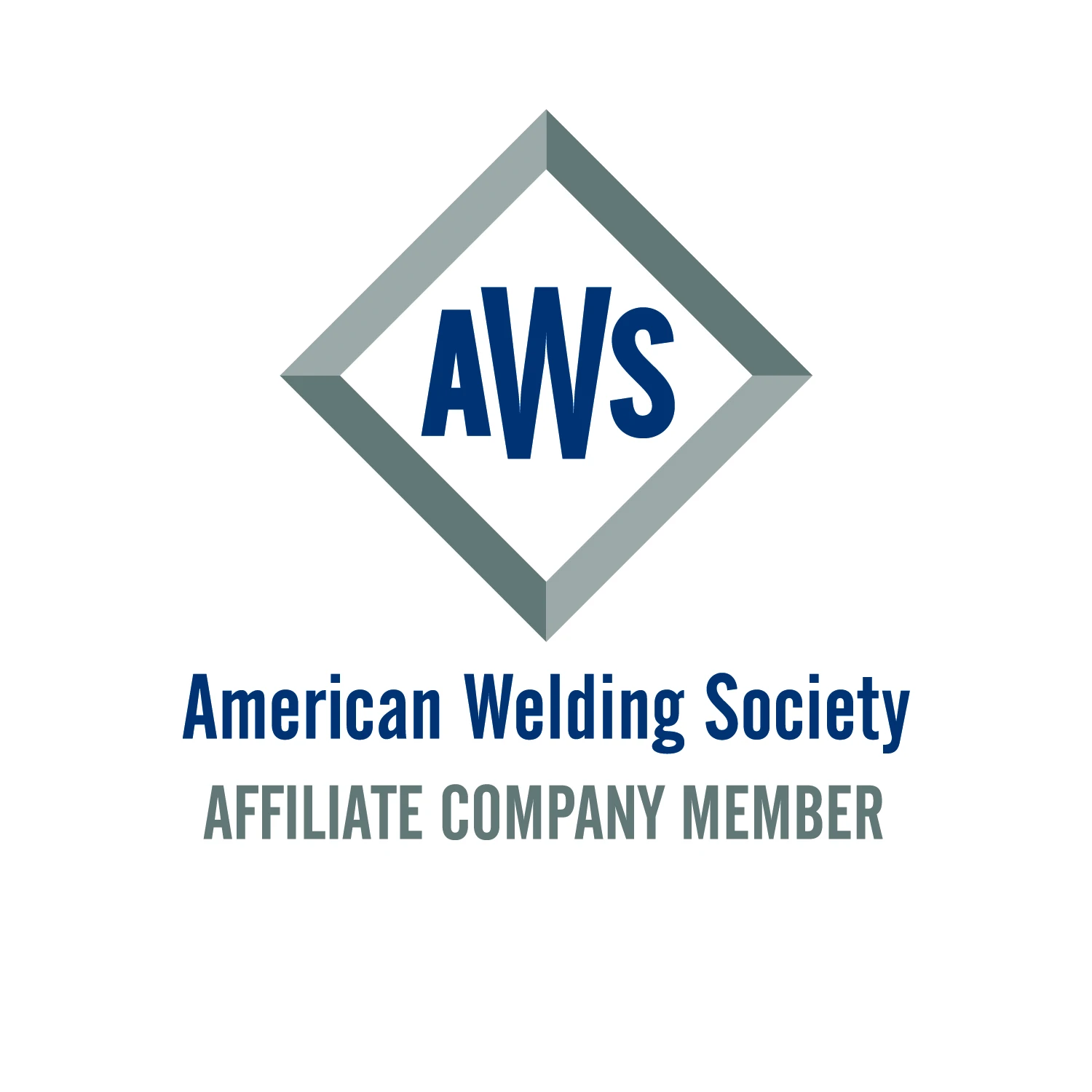In 1917, Albert Einstein published the first paper recognizing the science behind lasers. After several decades of research and development, Theodore Maiman demonstrated the first functioning laser at Hughes Research Laboratories in 1960. By 1967, lasers were being used to drill holes in diamond dies and cut metals. Laser power offers benefits that have made its use common in modern manufacturing.
Lasers are used to cut many types of materials besides metals, and laser cutting has become an important part of the modern sheet metal shop. Before the technology was readily available, most shops relied on shearing and punching to create workpieces from flat materials.
Shears come in several styles, but all make single, linear cuts, requiring multiple setups to create a part. When curved shapes or holes are needed, shearing is not an option.
Punching is the operation of choice when a shear cannot be used. Standard punches come in various round and rectilinear shapes, and when the desired shape is nonstandard, specials can be made. For complex shapes, a CNC turret punch would be used. The turret holds a few different types of punches that, when combined in sequence, give the desired shape.
Unlike shearing, laser cutters can generate any desired shape in a single setup. Programming a modern laser cutter is only slightly more difficult than using a printer. Laser cutters eliminate the need for dedicated tools like special punches. Removing special tools decreases lead times, inventories, development costs and the risk of obsolete tooling. Laser cutting also eliminates the costs associated with sharpening and replacing punches and maintaining the cutting edge of a shear.
Laser cutting is a noncontact activity as well, unlike shearing and punching. Forces generated during shearing and punching cause burrs and part deformation, which must be treated with secondary operations. Laser cutting does not apply any force to the raw materials, and many times laser-cut parts do not require deburring.
Other flexible thermal cutting methods like plasma and oxyfuel are available, and they are generally less costly than laser cutters. However, in all thermal cutting operations there is a heat-affected zone, or HAZ, in which the chemical and mechanical properties of the metal have changed. The HAZ can weaken materials and cause issues with other operations, such as welding. When compared with the other thermal cutting technologies, laser-cut parts have a tiny HAZ and reduce or eliminate the secondary operations needed to treat it.
Lasers are good for not only cutting but joining. Laser welding offers many advantages as opposed to more conventional welding processes.
As with cutting, welding creates a HAZ. Controlling its size, shape and properties is a must when making welds on critical components like those found in gas turbines or aerospace parts. Like laser cutting, laser welding has a very small HAZ, giving a distinct advantage compared with other welding technologies.
The nearest competitor to laser welding, tungsten inert gas, or TIG, welding, uses a tungsten electrode to create an electric arc that melts the metal being welded. The extreme conditions found around the arc cause the tungsten to deteriorate over time, resulting in varying weld quality. Laser welding is not subject to electrode wear, so the weld quality is more consistent and easier to control. Laser welding is the first choice for critical components and difficult-to-weld materials because the process is robust and repeatable.
Read more: Laser power is clean, precise and versatile






